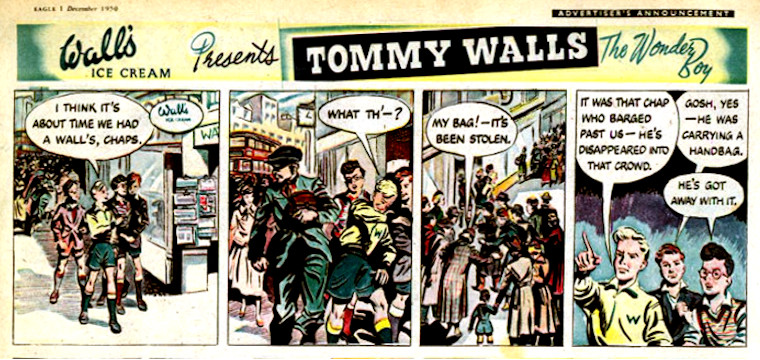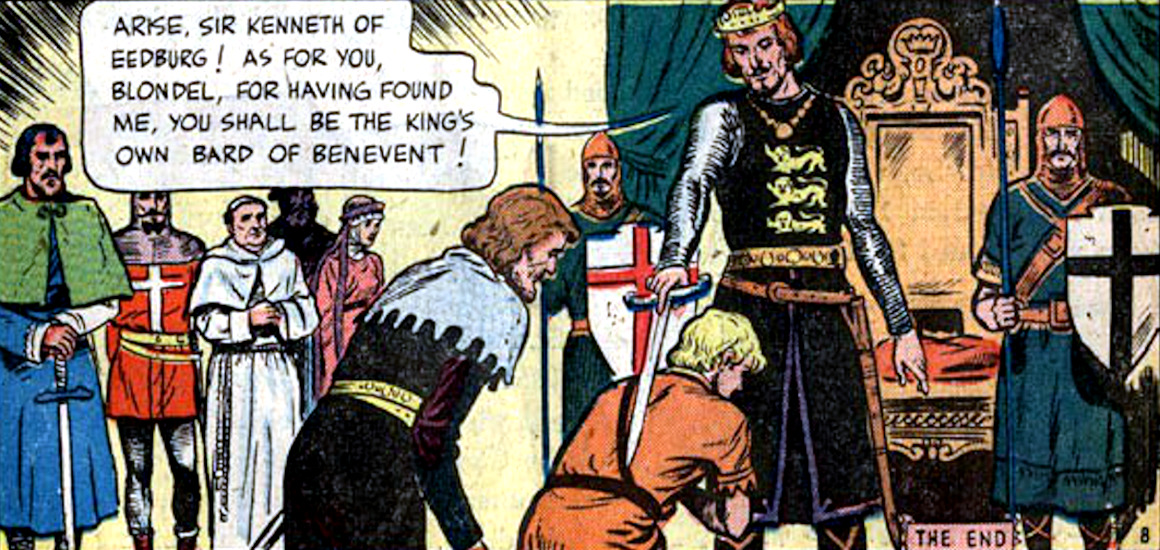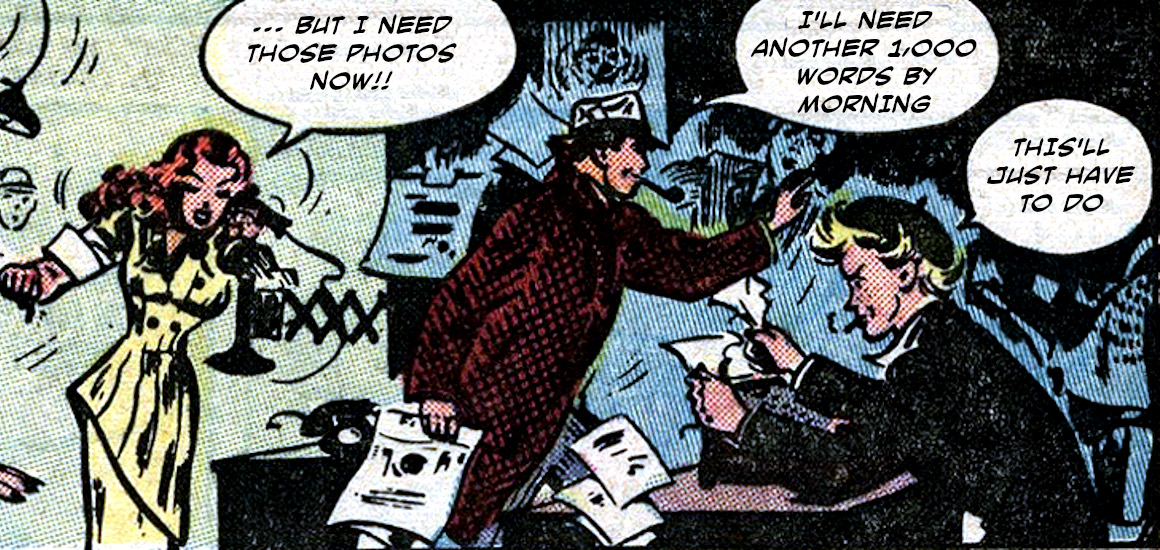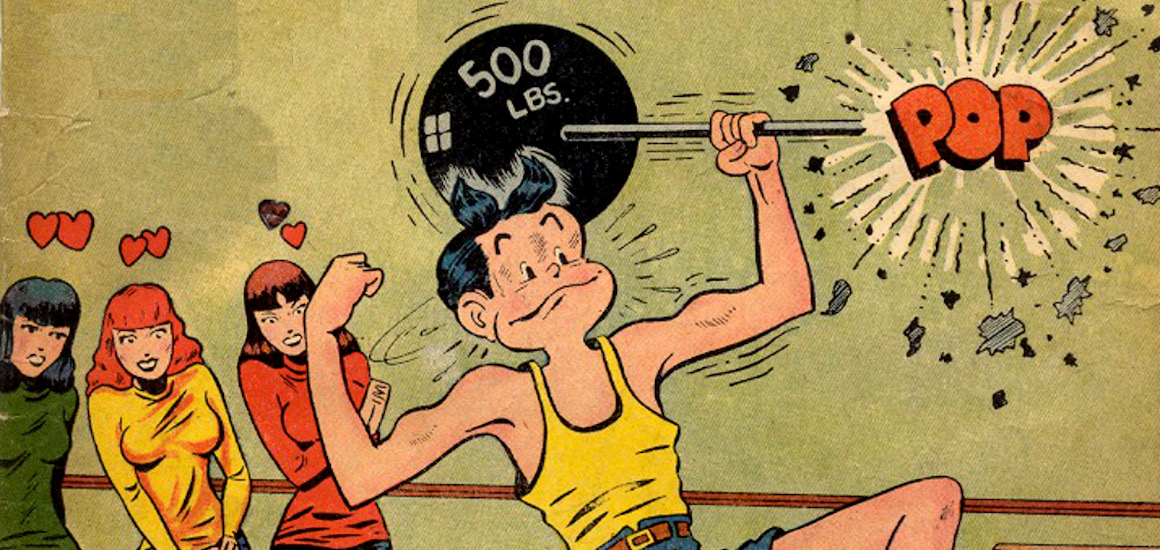The GI Joe comic book is probably the best known case study of a brand partnering with a comic publisher for content marketing. But GI Joe was far from the first. Wall’s Ice Cream beat Hasbro by over thirty years, with the weekly Tommy Walls comic strip.



